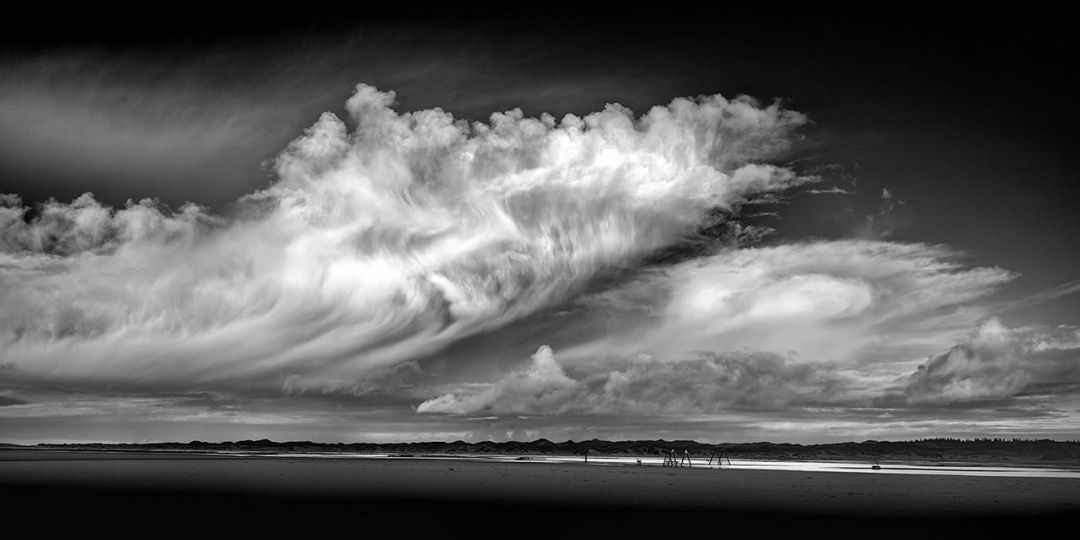We learned yesterday from Magnum Photos of the passing of German photographer Thomas Hoepker at the age of 88 years old. Back in 2023 we published the following feature by Noémie de Bellaigue on the occasion of a retrospective exhibition at the gallery f³ – freiraum für fotografie.
f³ – freiraum für fotografie : Thomas Hoepker : Intimate History
Six decades of traveling the continents, covering crises, portraying cities… From his native Germany to his adoptive America, Magnum’s photoreporter has witnessed the societal changes of the last century that have turned our contemporary world upside down.
















